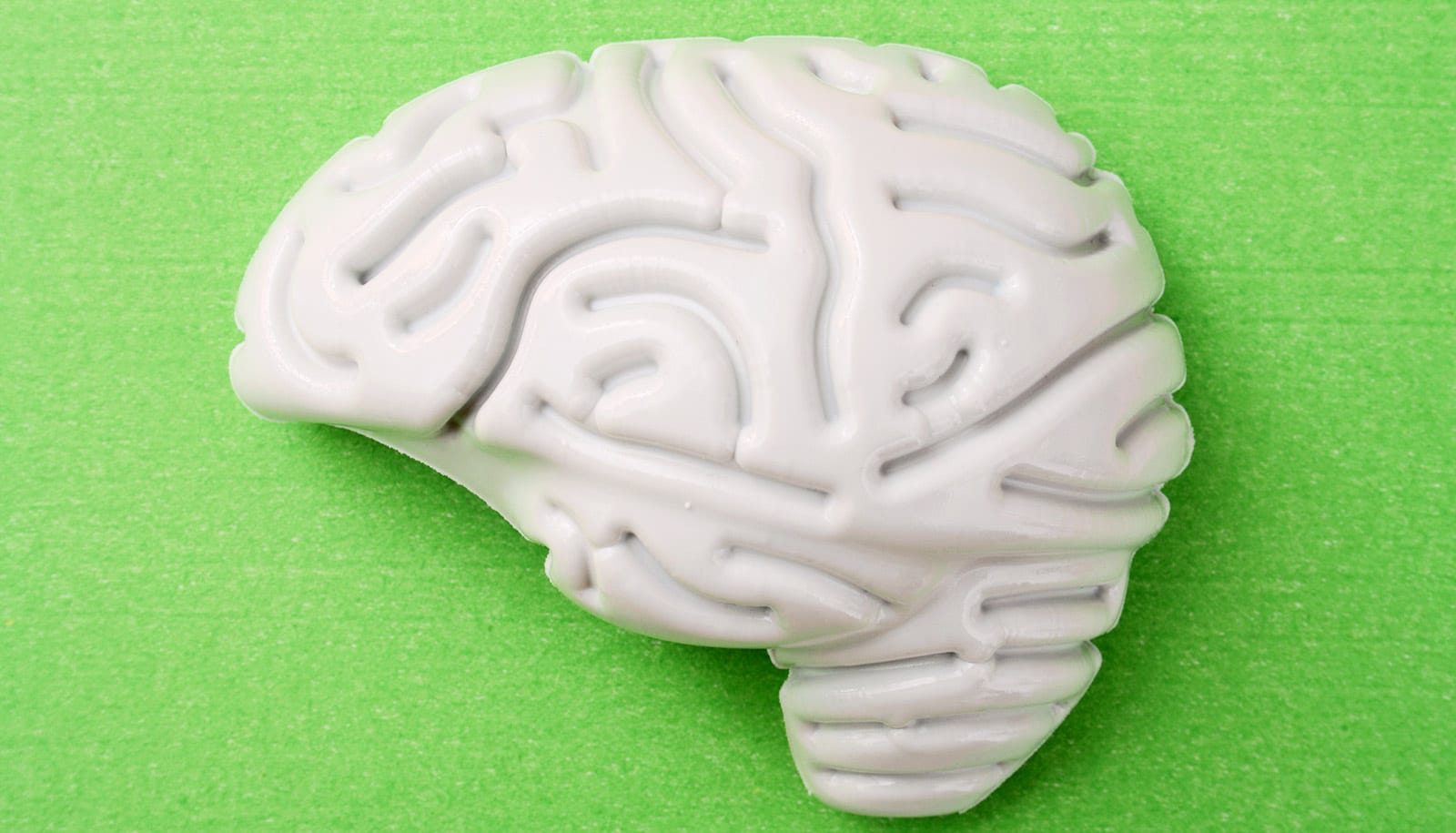Researchers have discovered that two different kinds of motor neurons that die in people with amyotrophic lateral sclerosis (ALS) may not die the same way.
The research offers an important insight for understanding the disease and, eventually, finding a cure.
ALS is a surprisingly common disease that causes the death of motor neurons in the spine that control voluntary muscles such as those involved in walking, talking, chewing, or breathing.
In some people with ALS, neurons in the brain that issue commands to these spinal motor neurons also die. It’s not clear why both types of neurons are affected in some people with ALS, but not others.
“Our results raise the possibility that the glutamatergic neurons in the brains of some ALS patients die in ways that are somehow different than how the spinal cord neurons die,” says Anne Hart, a professor of neuroscience at Brown University and researcher at the Carney Institute for Brain Science. “Before, we all assumed that both kinds of neurons died the exact same way.”
One cure may not be enough
The implications could be significant, Hart says. This is the first clue that future treatments for spinal cord neurons might not cure all people with ALS, because they won’t help neurons the disease affects in the brain.
Though many cases of ALS don’t have a clear genetic component, about 1 percent of people with ALS have mutations in SOD1, a protein involved in breaking down naturally occurring free radicals from oxidative stress.
For the new study, which appears in PLOS Genetics, researchers precisely and selectively engineered C. elegans—transparent worms about as long as a pinhead—so that the worm’s SOD1 gene would contain a mutation such as those found in these people with ALS.
“We certainly can’t prove this in worms, but it opens up a whole new way of looking at ALS.”
The results could explain why ALS only affects spinal neurons in some people, yet neurons in both the spine and the brain die in others.
More research needs to be done to see if the findings from worms will hold true in mammalian brains and lead to a better understanding of why neurons degenerate in people with ALS.
“We certainly can’t prove this in worms,” Hart says, “but it opens up a whole new way of looking at ALS.”
Long-term effort
The work in Hart’s lab to develop a new ALS model has been going on for years. Postdoctoral researcher Jill Yersak began engineering different ALS mutations into worms seven years ago. Worms have neurons very similar to human neurons and are less expensive and produce results faster than mice or other mammals, Hart says.
Graduate student Saba Baskoylu completed the project. Then, the research team ran numerous tests to see how the different patient versions of the SOD1 protein affected neuron function, motor neuron death, and worm behavior.
Researchers found that four patient gene mutations caused neurodegeneration after oxidative stress in a type of neuron similar to those in the human spine, likely through increased toxic protein accumulation that doesn’t happen with the normal protein.
However, two patient gene mutations also caused degeneration in a different type of neuron—similar to the neurons in the human brain—in part because the mutant protein no longer functioned correctly during oxidative stress.
The other kinds of neurons were healthy in the new ALS models, even after oxidative stress, which is very much like the specificity of neuron death in people with ALS, Hart says. In contrast, previous worm models weren’t very specific—the patient version of SOD1 could kill almost any worm neuron.
CRISPR editing
Researchers made these earlier worm models by adding extra copies of a patient disease gene to the worms, which would then express the patient version of SOD1 at high levels.
Now, thanks to new genetic tools like CRISPR/Cas9, directly editing the genes of worms and other animals is affordable and reliable. That allows scientists to make more precise models compared to simply adding extra copies of a gene, Hart says.
Hart’s goal was a more precise disease model that would let her group study the earliest events in ALS, by using these tools to change one “letter” in the worms’ standard “blueprint” for the SOD1 protein. The worms should have normal amounts of the protein and no extra gene copies.
The team accomplished their goal and discovered that the glutamatergic neurons—similar to the ALS-affected neurons in human brains—and the cholinergic neurons—similar to the spinal neurons—in worms degrade for different reasons. They will do more research on these worm models.
“We can now use these new ALS models to find other proteins and genes that we can use to stop neurodegeneration in worms,” Hart says.
She plans to use the models to test many different small molecules for potential therapeutic drugs and to find other genes whose inactivation will suppress neurodegeneration. Then, collaborators can test these genes in mice or human cell cultures, with the hope of helping people with ALS.
“ALS is complicated, you can see why it’s taking everyone a while to figure out what’s going on,” Hart says.
The ALS Finding A Cure Foundation, the ALS Association, and the Judith and Jean and Pape Adams Charitable Foundation funded the work.
Source: Brown University


